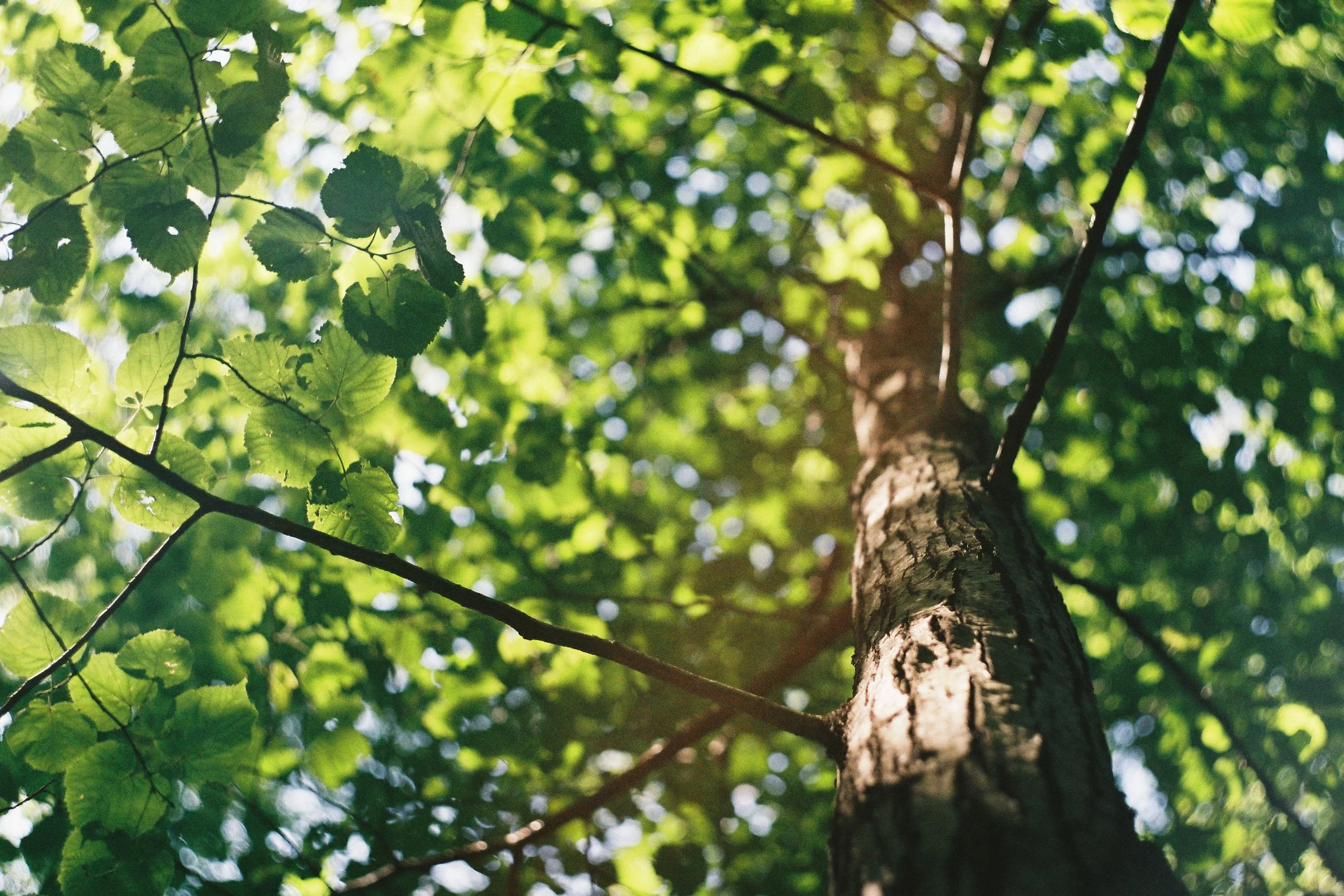Why Trees?
It is almost impossible to overstate the importance of trees. Trees provide oxygen; they clean our air and filter our water; they cool the earth and conserve energy; they help build community; they provide value to our neighborhoods and businesses; they provide habitat for wildlife and they improve our health and well-being. And trees are beautiful, making the places where we live, play and work more beautiful.
Environmental Benefits
- Trees can reduce annual stormwater runoff up to 7%.
- Trees clean the air by absorbing carbon dioxide, sulphur dioxide, nitrous oxides and other pollutants, and also shade cars and parking lots, reducing ozone emissions from vehicles.
- A big tree removes 60 to 70 times more pollution than a small tree.
- Trees divert captured rainwater into the soil, where bacteria and other microorganisms filter out impurities. This reduces urban runoff and the amount of sediment, pollutants, and organic matter that reach streams.
- Trees and vegetation lower surface and air temperatures by providing shade and through evapotranspiration. Shaded surfaces may be 20–45°F cooler than the peak temperatures of unshaded materials. Evapotranspiration, can help reduce peak summer temperatures by 2–9°F.
- Each year an acre of trees absorbs the amount of carbon produced by driving a car for 26,000 miles.
Social and Health Benefits
- Studies show that children with ADD function better after activities in green settings, and the “greener” a child’s play area, the less severe his or her attention deficit symptoms.
- The presence of trees in a suburban landscape significantly reduced the cruising speed of drivers by an average of 3 miles per hour. Faster drivers and slower drivers both drove slower with the presence of trees.
- Patients recovering from surgery in hospital rooms with window views of natural scene had shorter postoperative hospital stays
- Visual exposure to settings with trees helps recovery from stress within five minutes.
- Urban forests help create and enhance animal and plant habitats and can act as “reservoirs” for endangered species. Urban forest wildlife offers enjoyment to city dwellers and can serve as indicators of local environmental health.
Economic Benefits
- Just three strategically placed trees can decrease utility bills by 50%.
- Studies have found general increases of up to 37% in residential property values associated with the presence of trees and vegetation on a property.
- Shoppers will travel further and longer to visit a district with high quality trees, and spend more time there once they arrive.
- Visitors to well-treed central business districts will spend 9 to 12 percent more for products.
- Street trees prolong the live of pavement. Shaded roads can save up to 60% of repaving costs.
Tree Fun Facts
- The largest tree (by volume) in the world is a giant sequoia named General Sherman. It stands 275’ tall and 52,000 cubic feet of wood.
- One of the oldest living trees in the world is a Bristlecone Pine named Methuselah and is estimated to be 4,756 years old.
- The state tree of Montana is the Ponderosa Pine.
- Ponderosa Pine is also called bull pine, blackjack pine or western yellow-pine and is the most widely distributed pine species in North America.
- Pine trees grow on six of seven continents, with Antarctica being the only one left out.

